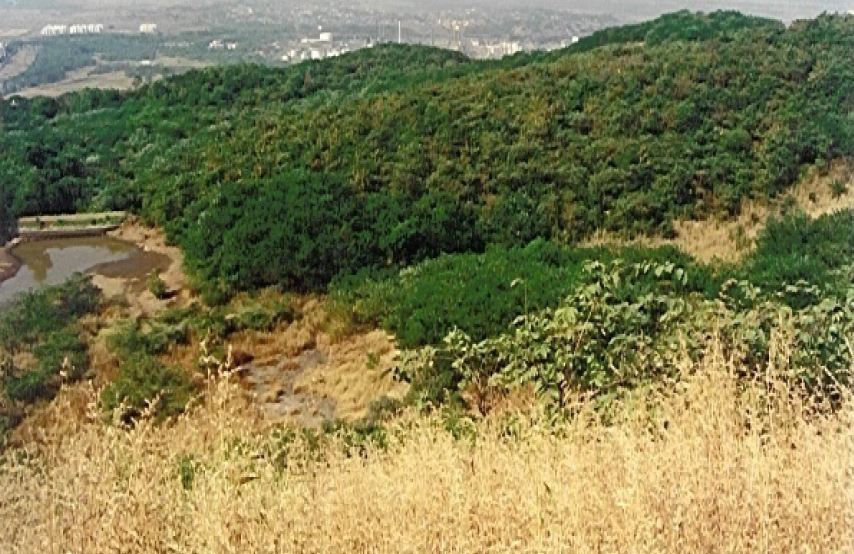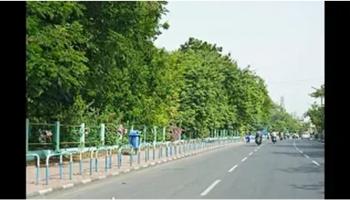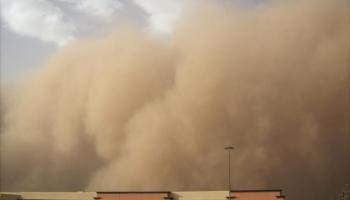Water Management
Workshop on water-energy-climate change nexus organized by TERI, 17-18 April 2012, New Delhi
Posted on 13 Apr, 2012 01:00 PMThe issues of climate change, water and energy are central to any attempt for bridging the gap between “developed” and “developing” nations. These three critical issues have thus far been addressed in isolation from one other, in countries like India.
Toolkit for integrated urban water management, developed by Institute for Resource Analysis and Policy
Posted on 12 Apr, 2012 11:24 PMThe review included, but was not limited to urban hydrology, management of water supply infrastructure, water resources management, water quality management (WQM), groundwater management, technical and economic instruments for water demand management, technical and economic aspects of leakage reduction, environmental and economic aspects of wastewater treatment and reuse, storm water management
A student uses India Water Portal on Twitter (@indiawater) for research
Posted on 12 Apr, 2012 04:10 PMShe found Twitter to be a useful place to conduct her research on issues of governance and institutions in watershed management programs in India and the U.S., because it enabled her to pick the resources she found useful without having to go through lots of articles and research papers.
Central Water Commission and ISRO launch Water Resources Information System (WRIS), a comprehensive solution for accessing data on water in India
Posted on 11 Apr, 2012 02:36 PMDear India Water Portal readers,
Reviving dying springs: A paper documenting the Sikkim experience of groundwater recharge using geo-hydrology
Posted on 09 Apr, 2012 09:12 AMIntroduction
The paper begins with a description of Sikkim. The sources of water in the Himalayas and the geology of the area are also described.
Literature review of spring related studies
Water scarcity and security in India
Posted on 03 Apr, 2012 03:43 PM Water is life because plants and animals cannot l
Water is life because plants and animals cannot l
The what, why and how of environmental flows: Presentations made during an IUCN training programme in Kathmandu, 2011
Posted on 03 Apr, 2012 01:42 PM Bagmati River at Pashupatinath Temple, Kathmandu, Nepal (Photo: IUCN\Stefano Barchiesi)
Bagmati River at Pashupatinath Temple, Kathmandu, Nepal (Photo: IUCN\Stefano Barchiesi)
Corporatising water: India's draft National Water Policy - A document published by the Institute for Agriculture and Trade Policy
Posted on 21 Mar, 2012 12:17 PMThe document argues that the latest example of this is India’s Draft National Water Policy (NWP) circulated by the Ministry of Water Resources. At first glance, it appears as if the policy has been taking a holistic approach to water resources management, with a clear recognition of India’s water woes.
Thousands of students across India test groundwater for fluoride on March 22, 2012
Posted on 21 Mar, 2012 09:17 AMSoil endowments, production technologies and missing women in India - A World Bank working paper
Posted on 19 Mar, 2012 03:08 PMThe paper argues that in India, where 72 percent of the population is rural, there is a significant and important association between the geographical variation in exogenous soil texture and rural infant sex ratios. In agriculture, the depth of land and seedbed preparation are exogenously determined by the soil texture.








